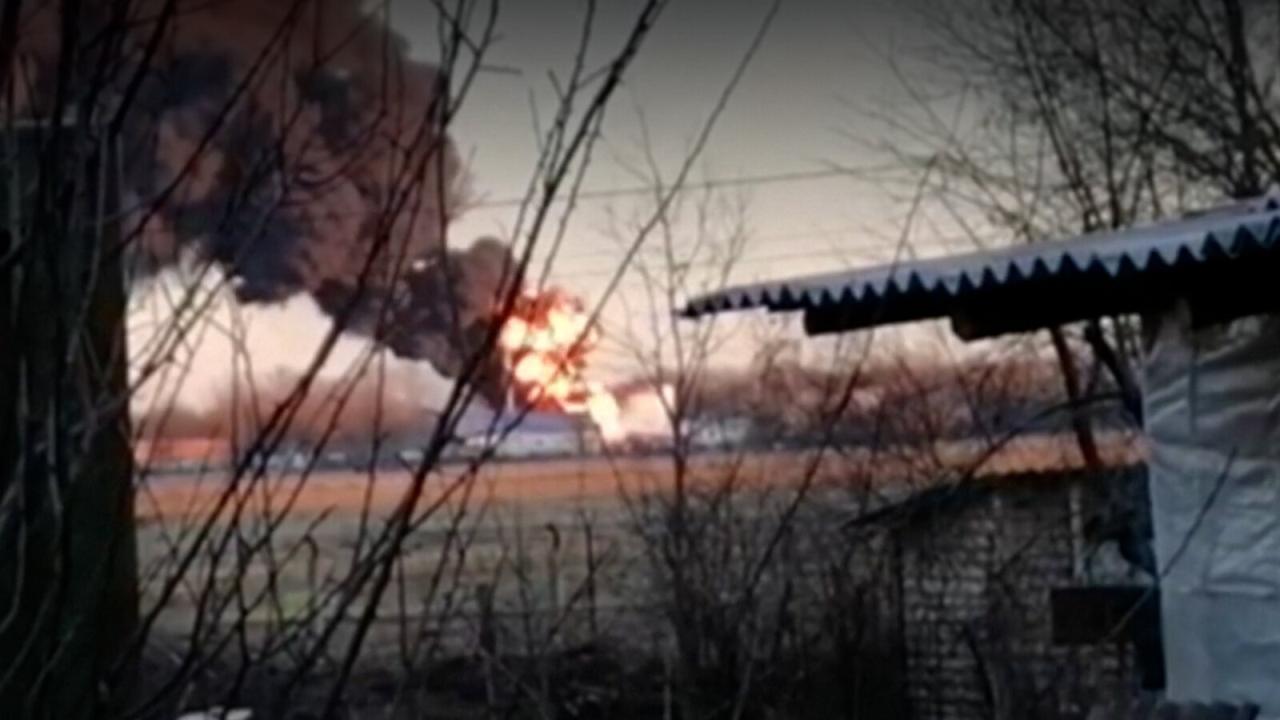Ukraine drone attack on russia – Ukraine drone attacks on Russia represent a significant escalation in the ongoing conflict. These attacks, targeting various locations within Russia, have raised concerns about the potential for further escalation and broadened the geographic scope of the war. The frequency and sophistication of these drone operations, along with Russia’s responses, offer a complex and evolving picture of the conflict’s dynamics.
This analysis delves into the strategic implications of these attacks, examining the types of drones used, the patterns of deployment, Russia’s countermeasures, and the broader international ramifications. We will explore the impact on civilian populations and analyze the potential for future escalation, considering the responses from key international players.
Geographic Targeting of Ukrainian Drone Attacks on Russia: Ukraine Drone Attack On Russia
Ukrainian drone attacks on Russian territory have targeted a range of locations, exhibiting a discernible pattern in their selection. The choice of targets reveals strategic objectives and potential vulnerabilities within Russia’s military and infrastructure networks.
Primary Geographic Targets of Drone Attacks
The following table summarizes reported drone attacks, noting the location, date, drone type (where known), and reported damage. The information is compiled from various open-source reports and may not be entirely comprehensive.
| Location | Date of Attack | Type of Drone (if known) | Reported Damage |
|---|---|---|---|
| Moscow, Russia | May 2023, August 2023 | Unknown, potentially modified commercial drones | Minor damage to buildings, some disruption to air traffic |
| Pskov Oblast, Russia | August 2023 | Unknown | Damage to several military transport aircraft |
| Bryansk Oblast, Russia | Multiple dates in 2023 | Various types, potentially including modified commercial drones | Damage to infrastructure, including fuel depots and military facilities |
| Krasnodar Krai, Russia | Various dates in 2023 | Unknown | Damage to oil refineries and other infrastructure |
Strategic Significance of Targeted Locations
The strategic significance of the targeted locations varies. The selection often appears calculated to inflict both military and psychological damage.
- Moscow: Targeting Moscow aims to demonstrate Ukraine’s capability to strike deep within Russian territory, undermining the sense of security within Russia and potentially impacting morale.
- Military Bases and Airfields: Attacks on these locations directly weaken Russia’s military capabilities and logistical networks, disrupting troop deployments and supplies.
- Infrastructure: Targeting energy infrastructure (e.g., oil refineries, power plants) aims to disrupt the Russian economy and daily life, putting pressure on the Russian government.
Implications of Targeting Specific Infrastructure
The targeting of specific infrastructure carries significant implications. Attacks on military bases can degrade Russia’s ability to conduct offensive operations. Attacks on civilian airports, while less frequent, could disrupt air travel and potentially impact civilian morale and the economy. The impact on civilian infrastructure can also be a factor in international perceptions of the conflict.
Types of Drones Used in Attacks
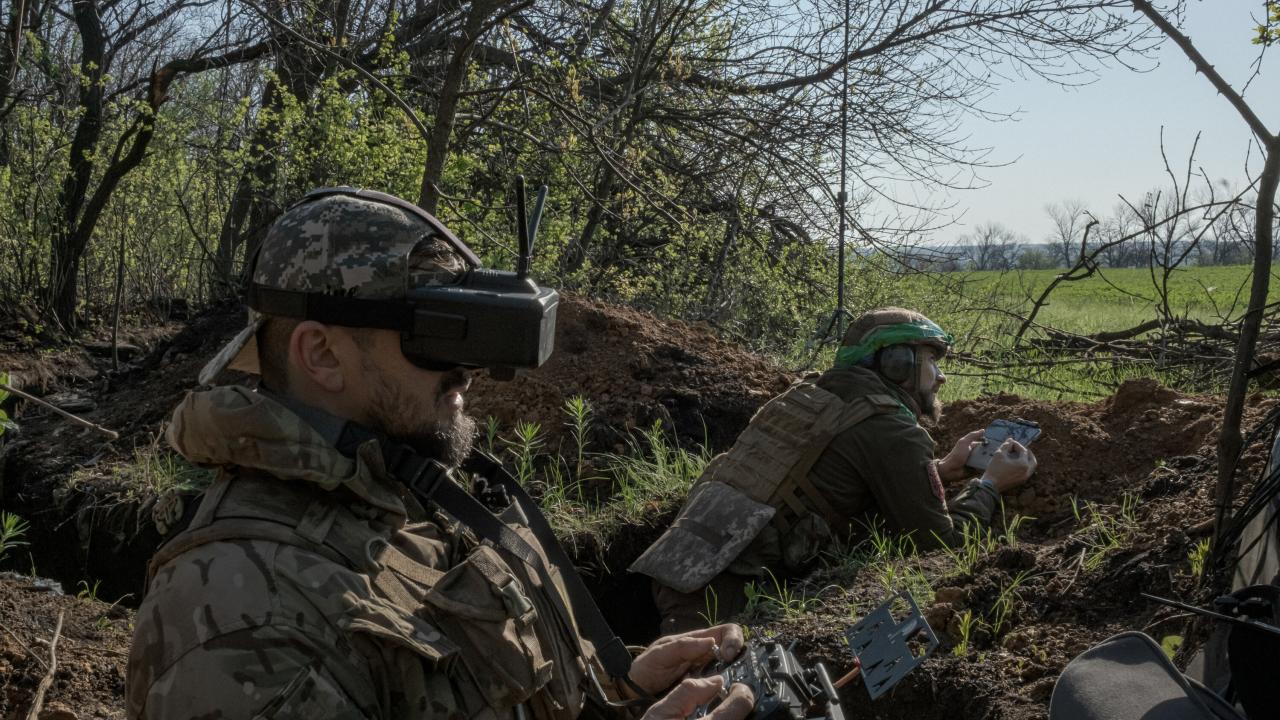
A variety of drones, both commercially available and potentially modified, are believed to be used in these attacks. Determining the exact models remains challenging due to the secretive nature of the operations.
Drone Models and Capabilities, Ukraine drone attack on russia
The following table presents a generalized overview of potential drone types, their capabilities, and limitations. Specific models and modifications are often not publicly disclosed.
Ukraine’s recent drone attacks on Russian territory have significantly escalated tensions. One notable incident, shedding light on the evolving tactics, was the kazan drone attack , which highlighted the vulnerability of even seemingly secure inland targets. These actions underscore the ongoing conflict’s expanding geographical reach and the increasing sophistication of Ukrainian drone operations against Russia.
| Drone Model (Example) | Range (Approximate) | Payload Capacity (Approximate) | Known Weaknesses |
|---|---|---|---|
| Modified Commercial Quadcopter | 50-100 km | Up to several kilograms of explosives | Vulnerability to electronic countermeasures, limited payload capacity |
| (Hypothetical) Larger UAV | >200 km | >10 kg | Higher cost, greater vulnerability to detection and interception |
Technological Advancements and Modifications
Commercially available drones are often modified for military purposes. This includes enhancements to range, payload capacity, and navigation systems. The modifications often involve integrating more sophisticated guidance systems and utilizing more powerful batteries and propulsion systems.
Recent reports highlight a significant escalation in the conflict, with increased Ukrainian drone activity targeting Russian territory. Understanding the strategic implications of these attacks requires careful analysis of the reported targets and the overall impact on the war effort. For detailed information on the latest developments, you can refer to this comprehensive report on the ukraine drone attack on russia , which provides valuable insights into the evolving situation.
The frequency and sophistication of these drone strikes are undoubtedly shaping the trajectory of the conflict.
Examples of Drone Modifications
Examples of modifications could include adding GPS jammers to increase stealth capabilities, installing more robust communication systems for better control over longer distances, and utilizing more powerful motors to increase range and payload capacity. The specific modifications are generally not publicly disclosed for operational security reasons.
Frequency and Patterns of Drone Attacks
The frequency of reported drone attacks has varied over time, with periods of increased activity often coinciding with significant events in the broader conflict.
Timeline of Drone Attacks
The following is a partial timeline, based on publicly available reports, and may not be exhaustive. The exact number of attacks is difficult to verify due to information control by both sides.
- Early 2023: Sporadic attacks, primarily targeting border regions.
- Spring 2023: Increased frequency of attacks, with targets expanding further into Russian territory.
- Summer 2023: Significant increase in reported attacks, including high-profile incidents in Moscow and other major cities.
Patterns and Trends in Attacks
Patterns are difficult to definitively establish due to limited publicly available information. However, there appears to be a correlation between increased intensity of ground fighting and the frequency of drone attacks. Additionally, attacks may be timed to coincide with significant political or military events.
Reasons for Fluctuations in Attack Frequency
Fluctuations in attack frequency could be due to several factors: availability of drones, Ukrainian military strategy, Russian countermeasures, and the overall intensity of the war. The timing of attacks may also be influenced by weather conditions and other logistical considerations.
Russian Response to Drone Attacks
Russia has employed various methods to counter Ukrainian drone attacks, but their effectiveness has been debated.
Methods of Countering Drone Attacks
The following table provides a generalized overview of Russian countermeasures. Specific details about their deployment and effectiveness are often not publicly released.
| Defense Method | Effectiveness | Limitations |
|---|---|---|
| Electronic Warfare Systems | Variable, depends on the sophistication of the drone and the countermeasures employed. | Can be susceptible to jamming and spoofing. |
| Air Defense Systems | Limited effectiveness against small, low-flying drones. | High cost, potential for collateral damage. |
| Manned and Unmanned Interceptor Systems | Effectiveness varies depending on the capability of the interceptor and the drone’s characteristics. | Requires timely detection and engagement, can be expensive. |
Effectiveness of Russian Countermeasures
The effectiveness of Russian countermeasures has been mixed. While some attacks have been intercepted, many others have successfully reached their targets, highlighting the ongoing challenge posed by drone technology.
Comparison with Other Countries’ Responses
Other countries facing similar threats have also implemented various countermeasures, including electronic warfare, air defense systems, and specialized drone detection and interception technologies. The effectiveness of these methods varies widely depending on factors such as the sophistication of the drones, the terrain, and the resources available.
International Implications and Reactions
The drone attacks have generated considerable international attention and raised concerns about the potential for escalation.
International Reactions
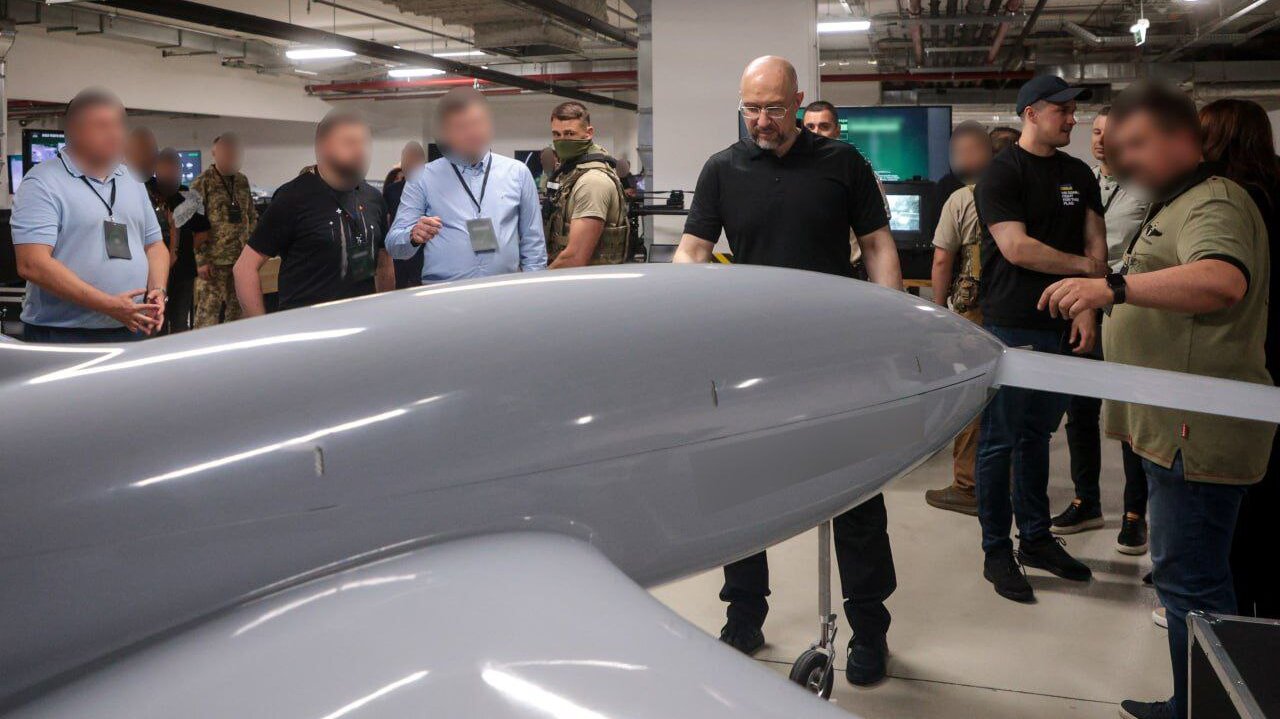
NATO, the EU, and the UN have expressed concern over the drone attacks, emphasizing the importance of respecting international law and avoiding actions that could escalate the conflict. Specific responses have varied depending on individual national interests and geopolitical considerations.
Implications for the Conflict and International Relations
These attacks could further destabilize the region and increase tensions between Ukraine and Russia. The use of drones also raises questions about the changing nature of warfare and the potential for asymmetric conflict.
Hypothetical Escalation Scenario
A hypothetical escalation scenario could involve a significant drone attack causing substantial damage or casualties within Russia, prompting a disproportionate Russian response, potentially leading to a wider military conflict involving other countries. This could involve direct military intervention or an expansion of the conflict beyond Ukraine’s borders.
Impact on Civilian Populations
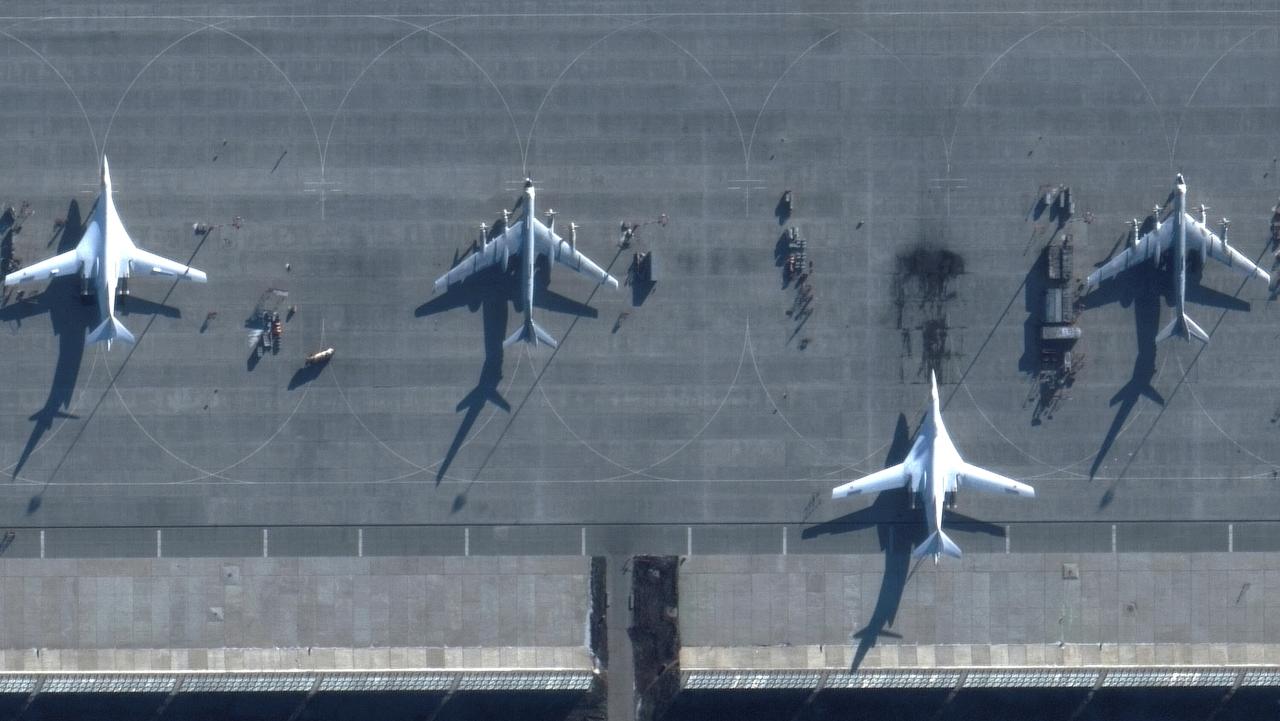
While the primary targets are military and strategic infrastructure, the impact of drone attacks on civilian populations within Russia remains a concern.
Reported Impact on Civilians
Reports of civilian casualties and property damage resulting from drone attacks remain relatively limited compared to other forms of military action in the conflict. However, even minor incidents can cause significant fear and disruption among the civilian population.
Recent drone attacks on Russian territory by Ukrainian forces have highlighted the increasing sophistication of unmanned aerial vehicles in modern warfare. The technology involved is remarkably advanced, and its development parallels the advancements seen in civilian applications, such as the high-resolution imagery captured by systems like the cobequid pass camera. These advancements in camera technology, while intended for peaceful purposes, ultimately contribute to the broader understanding of drone capabilities and their potential military applications.
The ongoing conflict in Ukraine continues to be a testing ground for these evolving technologies.
Psychological Impact
The drone attacks have a significant psychological impact on the Russian populace, generating fear, uncertainty, and a sense of vulnerability. The attacks undermine the perception of Russian security and potentially impact public support for the war.
Comparison with Civilian Impact of Other Military Actions
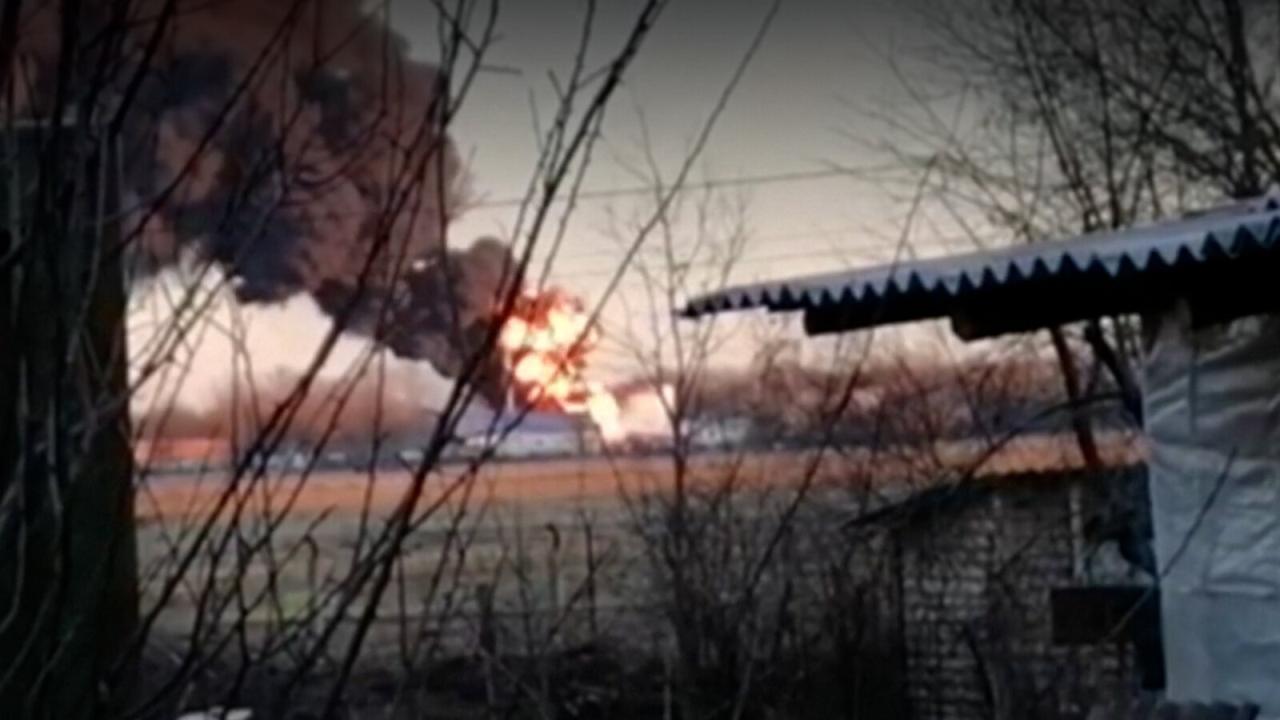
Compared to large-scale military offensives or shelling, the civilian impact of drone attacks in Russia has been relatively low. However, the psychological impact can be significant, especially given the symbolic nature of attacks targeting major cities.
The Ukrainian drone attacks on Russia mark a turning point in the conflict, showcasing the evolving nature of warfare and the potential for asymmetric tactics to significantly impact a larger adversary. The strategic implications extend beyond the immediate military consequences, influencing international relations and raising questions about the future trajectory of the war. Further analysis is crucial to understanding the long-term effects of these attacks and the evolving countermeasures employed by both sides.
Essential Questionnaire
What types of damage have been reported from these drone attacks?
Reports vary, but damage includes damage to infrastructure, military equipment, and in some cases, civilian property. Casualty figures also vary depending on the source.
How does Russia’s response compare to other countries facing similar threats?
Comparisons are complex, as each situation has unique circumstances. However, Russia’s response can be compared to other nations’ efforts in developing and deploying counter-drone technologies. The effectiveness of these measures varies depending on the sophistication of the drones used and the nature of the threat.
What is the legal status of these drone attacks under international law?
The legality of these attacks is a subject of ongoing debate and interpretation under international humanitarian law. Factors such as targeting of military vs. civilian objectives, proportionality of force, and precautions taken to minimize civilian harm are central to this discussion.
